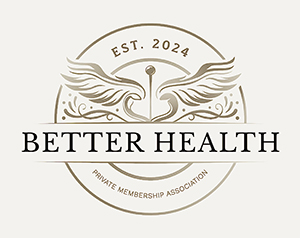 Sequencing
Sequencing
Developed by Edward G. Stiles, D.O., F.A.A.O., sequencing is a method of locating the key area to treat in the body. The principles of sequencing can be applied in any patient position (standing, sitting, supine or prone) and can lead you to the key area. By locating the key area (called the Area of Greatest Restriction or AGR) the practitioner can more effectively and efficiently treat the patient. The principles then allow the practitioner to get as specific as necessary in locating the AGR before treatment commences. By treating the areas that are most restricted in the body and then after each change re-evaluating the patient to find the next AGR, each patient becomes unique. The potential for change in each treatment is maximized. Each treatment and each visit is unique. The patient’s complaints resolve more rapidly and with much less effort on the part of the practitioner. Sequencing also allows the practitioner to utilize the patient’s body as a “measuring stick” for progress between treatments (i.e. if different areas are located as the AGR in successive treatments the body is changing). Sequencing is unique to Dr. Stiles and his students. Luckily I had the opportunity to be one of the first undergraduate fellows under him. I spent an extra year in medical school learning more about osteopathic manipulation and Dr. Stiles’ unique approach to treatment. That year has paid huge dividends in my practice and in patient outcomes.

Sequencing a patient can be compared to trying to open a safe. You could hand me the numbers, but unless I know the order to enter them, I don’t get the prize (improved health). Sequencing allows the practitioner to ask the body the order that the treatment should be performed in.
